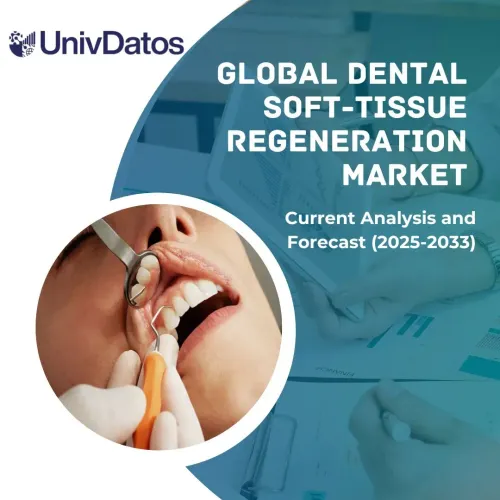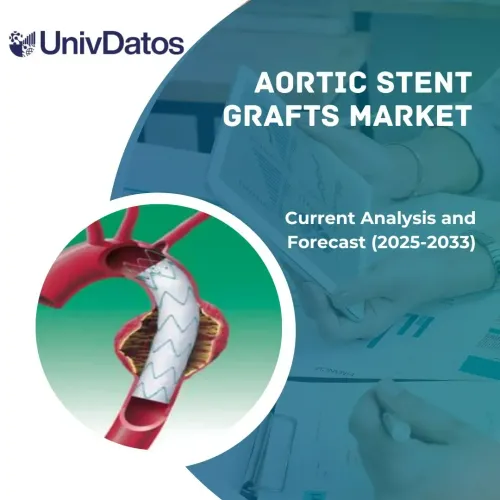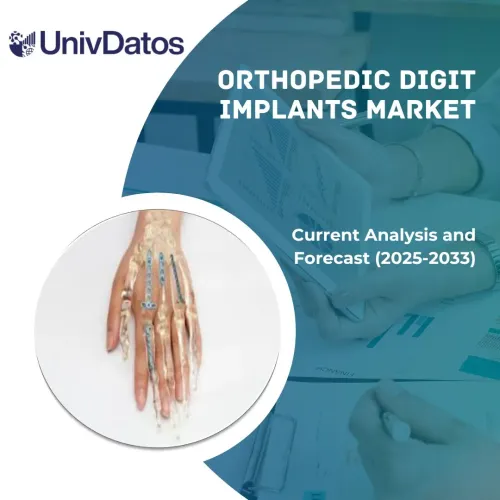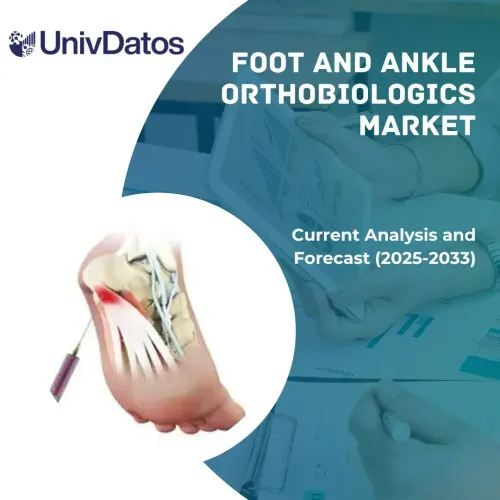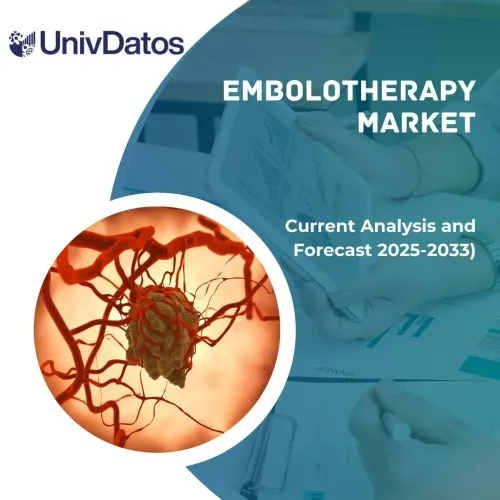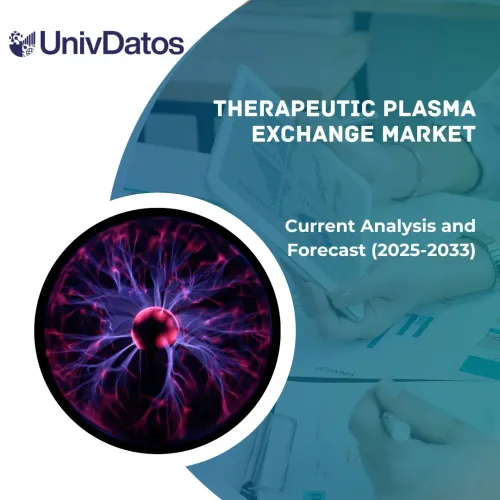- Home
- About Us
- Industry
- Services
- Reading
- Contact Us
Neuroprotection Market: Current Analysis and Forecast (2022-2030)
Emphasis on Product Type (Free Radical Trapping Agents (Antioxidants); Apoptosis Inhibitors; Anti-inflammatory Agents; Glutamate Antagonists (Anti-Excitotoxic Agents); and Others); Application (Neurodegenerative Disorders; Alzheimer’s Disease; Parkinson’s Disease; Multiple Sclerosis; and Other); End-User (Hospitals & Specialty Clinics; Research Institutes & Academic Centers; Long-Term Care Facilities; and Others); and Region/Country
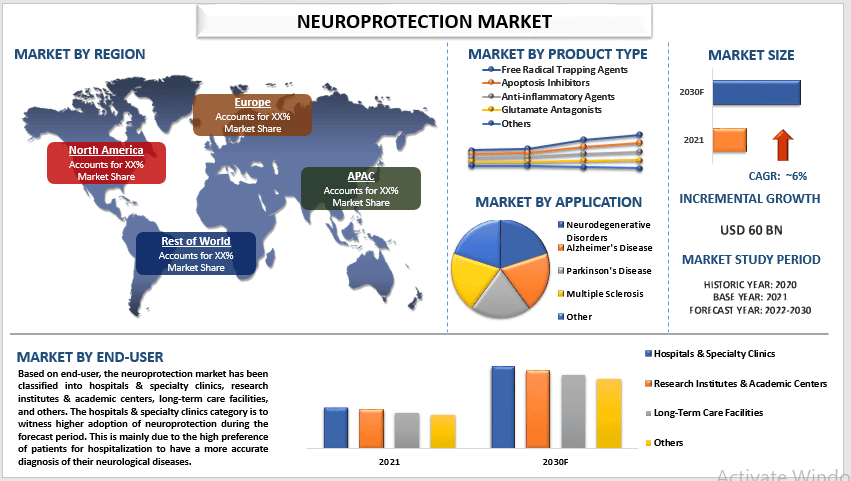
The neuroprotection market is expected to grow at a strong CAGR of around 6% during the forecast period owing to growing awareness of neurological health and advancements in neuroprotective technologies and the increasing prevalence of neurological disorders such as Alzheimer’s, Parkinson’s, and multiple sclerosis. Thus, the population ages, the incidence of these diseases is expected to rise, creating a growing demand for neuroprotective treatments. Additionally, advances in technology and research have led to the development of new and more effective neuroprotective drugs and therapies, further driving demand for neuroprotection. Furthermore, the increasing adoption of neuroprotective treatments in long-term care facilities, which are a major driver of demand for these products. For instance, in July 2020, the National Institute of Mental Health (NIMH), one in four adults in the U.S. has a mental disorder that can be diagnosed, and nearly 6% have severe disabilities. Also, severe mental illness costs the United States more than USD 317 billion annually. As a result, the Neuroprotection Market is expected to continue to grow rapidly in the coming years, providing opportunities for companies operating in this space.
Some of the major players operating in the market include AbbVie Inc.; DAIICHI SANKYO COMPANY; Astrocyte Pharmaceuticals; AstraZeneca; Biogen; Novartis AG; Lilly; F. Hoffmann-La Roche Ltd; Teva Pharmaceutical Industries Ltd.; and Merck KGaA Several M&As along with partnerships have been undertaken by these players to facilitate customers with hi-tech and innovative products/technologies.
Insights Presented in the Report
“Amongst application, the parkinson’s disease category grow at a fastest CAGR during the forecast period”
Based on application, the market is segmented into neurodegenerative disorders, alzheimer’s disease, parkinson’s disease, multiple sclerosis, and other. Amongst these, the parkinson’s disease category grow at a fastest CAGR during the forecast period. This is because of increasing prevalence of Parkinson’s disease, coupled with the growing demand for neuroprotective treatments, has driven the growth of the Neuroprotection Market. As more people are diagnosed with Parkinson’s disease, there is a greater need for effective treatments that can help to slow the progression of the disease and improve quality of life. This has led to the development of new neuroprotective drugs and therapies, as well as the expansion of existing treatment options. For instance, according to the Parkinson’s Foundation, more than 10 million people worldwide are living with Parkinson’s Disease.
“Amongst end-user, the wireless smart home technology held the majority share of the market in 2021”
By end-user, the market is segmented into hospitals & specialty clinics, research institutes & academic centers, long-term care facilities, and others. Among these, wireless smart home technology captured the majority share of the Neuroprotection Market in 2021. This is mainly due to Long-term care facilities provide care for patients with chronic conditions such as Alzheimer’s disease, Parkinson’s disease, and multiple sclerosis, all of which require neuroprotective treatments. The increasing number of patients with these conditions has led to a growing demand for neuroprotective drugs and therapies, which in turn has driven the growth of this segment.
“APAC is the most favorable region for the growth of the neuroprotection market in 2021”
APAC is the most favorable region for the growth of the neuroprotection market due to the presence of emerging economies in the region such as China and India. The technological advancements, along with the rising healthcare expenditure in the region attributes to the fast growth of the market. Furthermore, rising prevalence of neurological diseases in India and China are also drive the neuroprotection market in the region. For instance, according to the Chinese Center for Disease Control and Prevention, Beijing 2022, In Beijing, there were 47 800 cases of Parkinson’s disease in 2019, an increase of 397.68% compared with 1990.
Neuroprotection Market Report Coverage
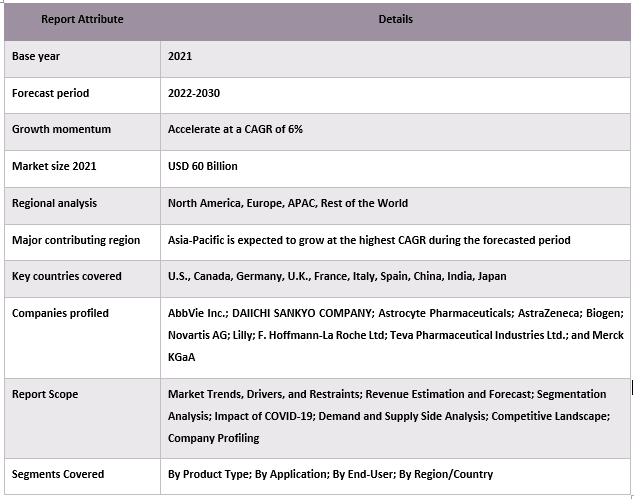
Reasons to buy this report:
- The study includes market sizing and forecasting analysis validated by authenticated key industry experts.
- The report presents a quick review of overall industry performance at one glance.
- The report covers an in-depth analysis of prominent industry peers with a primary focus on key business financials, product portfolios, expansion strategies, and recent developments.
- Detailed examination of drivers, restraints, key trends, and opportunities prevailing in the industry.
- The study comprehensively covers the market across different segments.
- Deep dive regional level analysis of the industry.
Customization Options:
The global Neuroprotection Market can further be customized as per the requirement or any other market segment. Besides this, UMI understands that you may have your own business needs, hence feel free to contact us to get a report that completely suits your requirements.
Table of Content
Research Methodology for the Neuroprotection Market Analysis (2022-2030)
Analyzing the historical market, estimating the current market, and forecasting the future market of the global Neuroprotection Market were the three major steps undertaken to create and analyze the adoption of smart homes in major regions globally. Exhaustive secondary research was conducted to collect the historical market numbers and estimate the current market size. Secondly, to validate these insights, numerous findings and assumptions were taken into consideration. Moreover, exhaustive primary interviews were also conducted, with industry experts across the value chain of the global Neuroprotection Market. Post assumption and validation of market numbers through primary interviews, we employed a top-down/bottom-up approach to forecasting the complete market size. Thereafter, market breakdown and data triangulation methods were adopted to estimate and analyze the market size of segments and sub-segments of the industry pertains to. Detailed methodology is explained below:
Analysis of Historical Market Size
Step 1: In-Depth Study of Secondary Sources:
Detail secondary study was conducted to obtain the historical market size of the Neuroprotection Market through company internal sources such as annual reports & financial statements, performance presentations, press releases, etc., and external sources including journals, news & articles, government publications, competitor publications, sector reports, third-party database, and other credible publications.
Step 2: Market Segmentation:
After obtaining the historical market size of the neuroprotection market, we conducted a detailed secondary analysis to gather historical market insights and share for different segments & sub-segments for major regions. Major segments are included in the report as product type, application, and end-user. Further country-level analyses were conducted to evaluate the overall adoption of testing models in that region.
Step 3: Factor Analysis:
After acquiring the historical market size of different segments and sub-segments, we conducted a detailed factor analysis to estimate the current market size of the neuroprotection market. Further, we conducted factor analysis using dependent and independent variables such as product type, application, and end-user of the neuroprotection market. A thorough analysis was conducted for demand and supply-side scenarios considering top partnerships, mergers and acquisitions, business expansion, and product launches in the Neuroprotection Market sector across the globe.
Current Market Size Estimate & Forecast
Current Market Sizing: Based on actionable insights from the above 3 steps, we arrived at the current market size, key players in the global neuroprotection market, and market shares of the segments. All the required percentage shares split, and market breakdowns were determined using the above-mentioned secondary approach and were verified through primary interviews.
Estimation & Forecasting: For market estimation and forecast, weights were assigned to different factors including drivers & trends, restraints, and opportunities available for the stakeholders. After analyzing these factors, relevant forecasting techniques i.e., the top-down/bottom-up approach were applied to arrive at the market forecast for 2030 for different segments and sub-segments across the major markets globally. The research methodology adopted to estimate the market size encompasses:
- The industry’s market size, in terms of revenue (USD) and the adoption rate of the Neuroprotection Market across the major markets domestically
- All percentage shares, splits, and breakdowns of market segments and sub-segments
- Key players in the global Neuroprotection Market in terms of products offered. Also, the growth strategies adopted by these players to compete in the fast-growing market.
Market Size and Share Validation
Primary Research: In-depth interviews were conducted with the Key Opinion Leaders (KOLs) including Top Level Executives (CXO/VPs, Sales Head, Marketing Head, Operational Head, Regional Head, Country Head, etc.) across major regions. Primary research findings were then summarized, and statistical analysis was performed to prove the stated hypothesis. Inputs from primary research were consolidated with secondary findings, hence turning information into actionable insights.
Split of Primary Participants in Different Regions
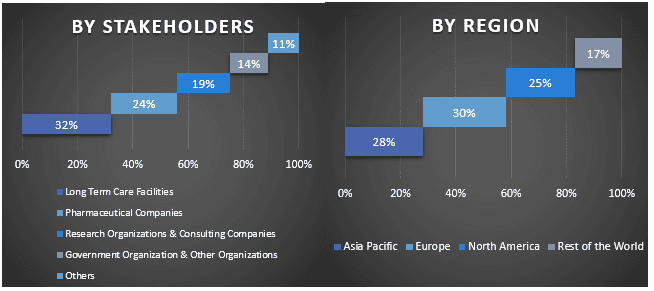
Market Engineering
The data triangulation technique was employed to complete the overall market estimation and to arrive at precise statistical numbers for each segment and sub-segment of the global Neuroprotection Market. data was split into several segments & sub-segments post studying various parameters and trends in the areas of the product type, application, and end-user in the global Neuroprotection Market.
The main objective of the Global Neuroprotection Market Study
The current & future market trends of the global neuroprotection market were pinpointed in the study. Investors can gain strategic insights to base their discretion for investments on the qualitative and quantitative analysis performed in the study. Current and future market trends determined the overall attractiveness of the market at a regional level, providing a platform for the industrial participant to exploit the untapped market to benefit from a first-mover advantage. Other quantitative goals of the studies include:
- Analyze the current and forecast market size of the Neuroprotection Market in terms of value (USD). Also, analyze the current and forecast market size of different segments and sub-segments.
- Segments in the study include areas of the product type, application, and end-user.
- Define and analysis of the regulatory framework for the smart home
- Analyze the value chain involved with the presence of various intermediaries, along with analyzing customer and competitor behaviors of the industry.
- Analyze the current and forecast market size of the Neuroprotection Market for the major region.
- Major countries of regions studied in the report include Asia Pacific, Europe, North America, and the Rest of the World
- Company profile of the Neuroprotection Market and the growth strategies adopted by the market players to sustain in the fast-growing market.
- Deep dive regional level analysis of the industry
Related Reports
Customers who bought this item also bought



